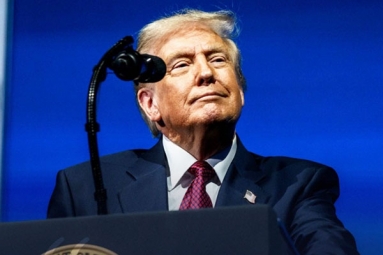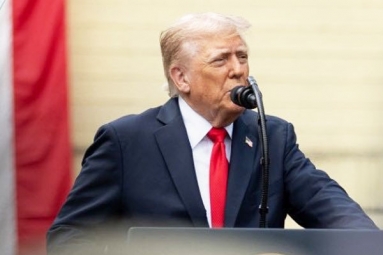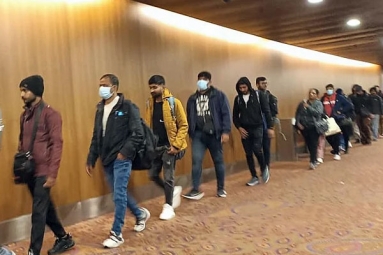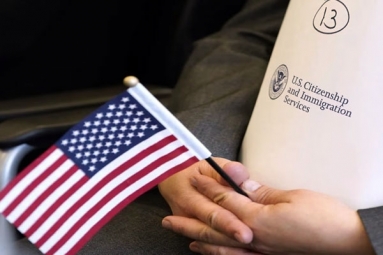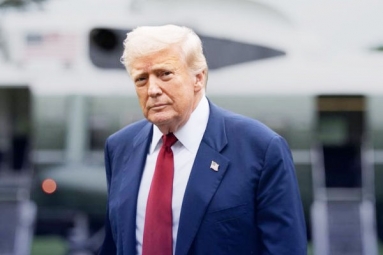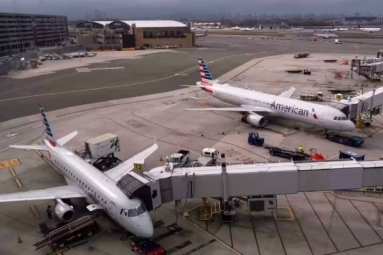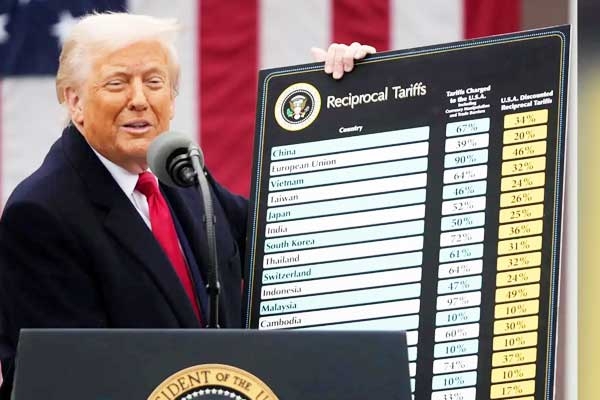
(Image source from: Economictimes.indiatimes.com)
The United States has expanded its attempts to limit Russia's war income as President Donald Trump announced his backing for new Senate proposals that would allow Washington to impose tariffs as high as 500 percent on nations that continue to trade with Moscow. "The Republicans are introducing strict sanctions and other measures on any nation that engages in business with Russia," Trump informed reporters before leaving Florida for the White House. This strategy, long supported by Senator Lindsey Graham, has gained traction due to rising anger in Congress over Russia's ongoing assaults on Ukraine. Senate Majority Leader John Thune mentioned in October that he was ready to put this plan to a vote but did not want to promise a specific timeframe.
As reported by Bloomberg, this proposed legislation would enable Trump to impose tariffs of up to 500 percent on goods from countries buying Russian oil or gas who are viewed as not doing enough to support Ukraine. This measure specifically targets big consumers of Russian energy, including China and India. "We might also add Iran to that," Trump stated on Sunday, but he did not provide further details. The proposal comes as Moscow has stepped up its attempts to seize the eastern Ukrainian rail center of Pokrovsk and continues to carry out air strikes throughout Ukraine. Ukraine, on its side, has intensified its long-range attacks on Russian oil facilities. Both Democrats and some Republicans have called for tough penalties for months, accusing the Kremlin of extending the war and dismissing peace talks. Trump had earlier hesitated to endorse new sanctions while trying to facilitate discussions between Russian President Vladimir Putin and Ukrainian President Volodymyr Zelenskyy. His earlier meeting with Putin in Alaska this year did not result in any significant progress.
The United States has already taken steps against India for buying Russian oil. In August 2025, Trump issued an executive order that imposed a 25 percent "Russian oil" surcharge on top of an existing 25 percent tariff on Indian exports, effectively raising the total duty to 50 percent. Washington indicated that this action was meant to punish nations that "indirectly support Russia's military efforts." India has since shown signs of reducing its imports of Russian crude oil. In October, Trump expressed his belief that New Delhi had "significantly cut back" its purchases and suggested that the U.S. might lower the tariffs. "We will reduce the tariffs at some point," he said. The U.S. has softened its previously aggressive stance regarding India's purchases of Russian oil, indicating a readiness to engage positively on trade after months of tension and stalled talks.
Even with U.S. and European sanctions, Russia is still able to maintain large military operations. Western intelligence reports suggest that growing energy ties with Asian countries have mitigated the effects of earlier sanctions.










